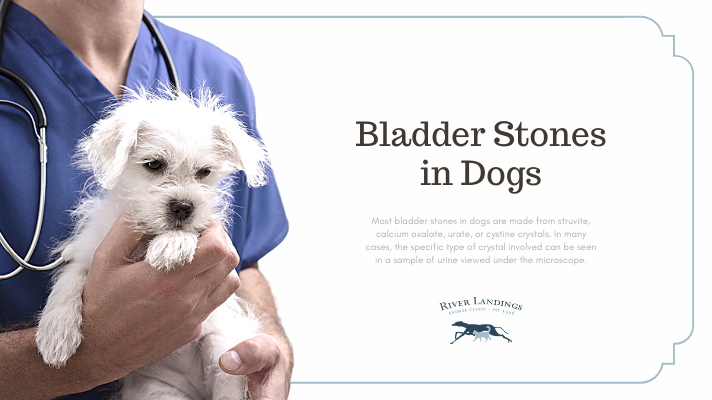As you might know from our article on 5 common dog skin diseases, skin problems and constant scratching from itchiness are common disorders found in dogs and other animals. Finding the reason for the problem is important in order to appropriately approaching an effective treatment or cure.
What’s a skin scraping test?
A skin scraping is a collected sample of skin cells that are evaluated under a microscope. Skin scraping tests are typically performed to aid in diagnosing certain skin inflammations, fungal infections, and skin cancer, along with being an effective way of determining the presence of mites.
What does a skin scraping reveal in dogs?
A skin scraping can reveal the presence of abnormal cells in the superficial layers of the skin. It can reveal certain fungi, bacteria, cancer cells, and parasites. Determining the underlying cause of a skin disorder leads to appropriate treatment.
How are skin scrapings done?
With the use of a scalpel blade, a sample of skin cells are collected. The blade is used to gently scrape layers of the skin, usually until a small amount of blood is seen so that cells that are deep in the skin are gathered. This is important because parasites often live deep in the skin. Once the skin cell sample is collected, it is placed on a microscope slide, mixed with oil, and evaluated under a microscope. Results are typically available within 30 minutes, unless a veterinarian may need a second opinion and it is submitted to an outside lab.
Are skin scrapings painful to dogs?
The level of pain varies from one dog to another and is more likely to cause discomfort rather than pain. Neither sedation nor anesthesia is needed in order to perform a skin scraping. Most dogs tolerate this procedure relatively well.


